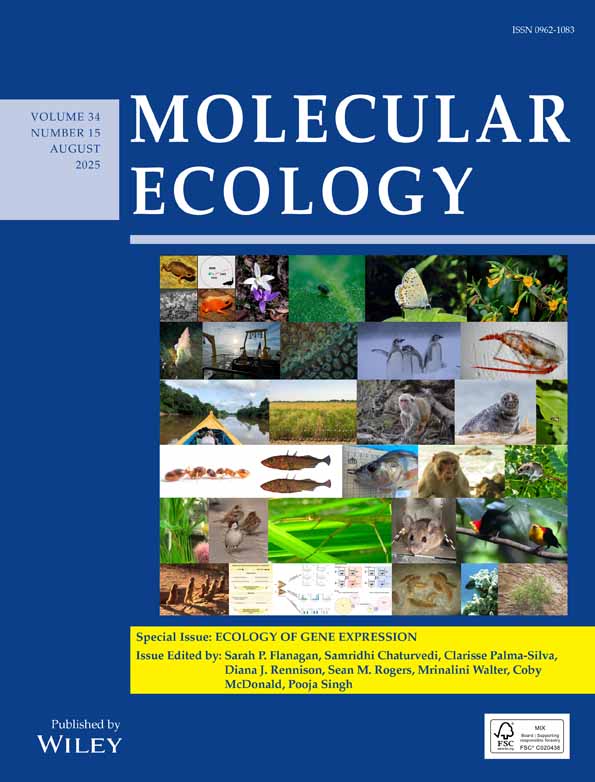Microsatellites from the beluga whale Delphinapterus leucas
Abstract
Fifteen microsatellites were isolated from a beluga whale Delphinapterus leucas, genomic library. The microsatellites were amplified in 100 beluga obtained from two widely separated locations. An average of 8.6 alleles per locus were detected and the average heterozygosity was 0.65 with a range of 0.27–0.86. All microsatellites were polymorphic and 13 of the genotype distributions observed were in Hardy-Weinberg equilibrium. It was possible with these microsatellites to assign correctly individual whales to their stock-of-origin 98% of the time. Microsatellites were amplified in 15 other cetaceans with these beluga-derived primers.




